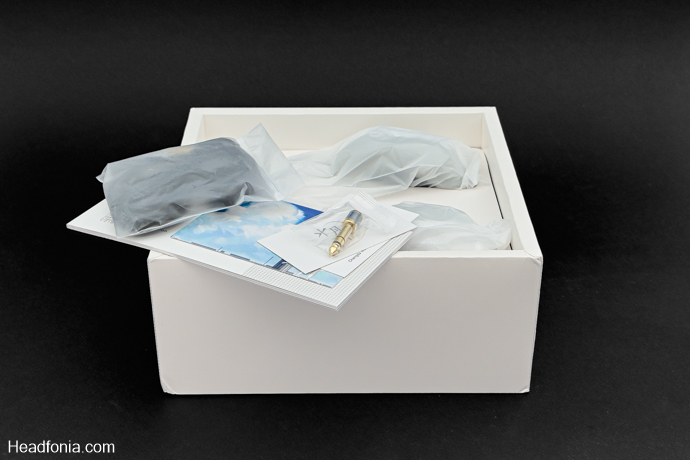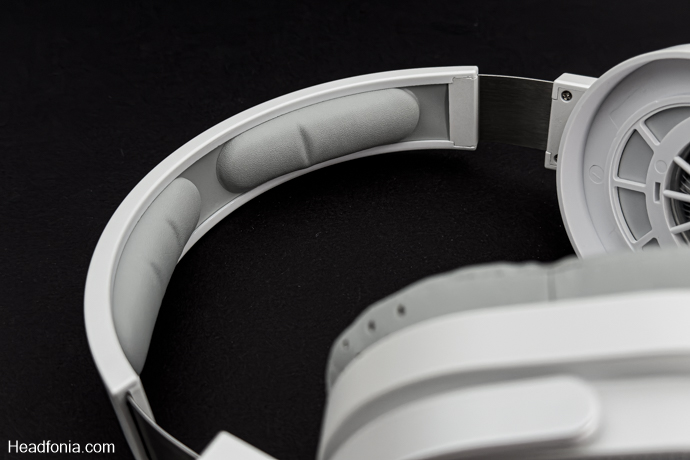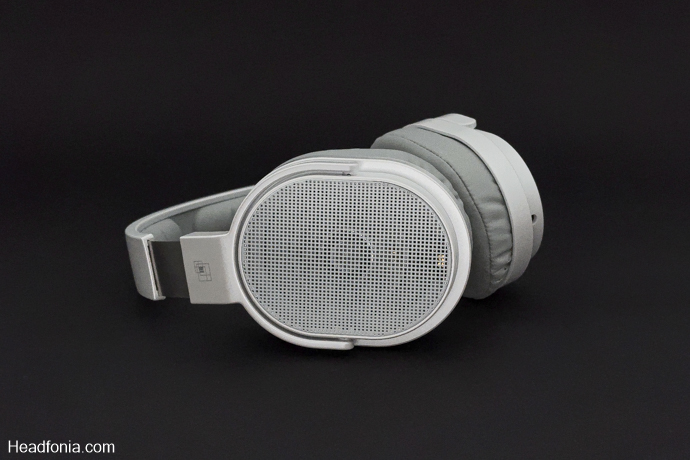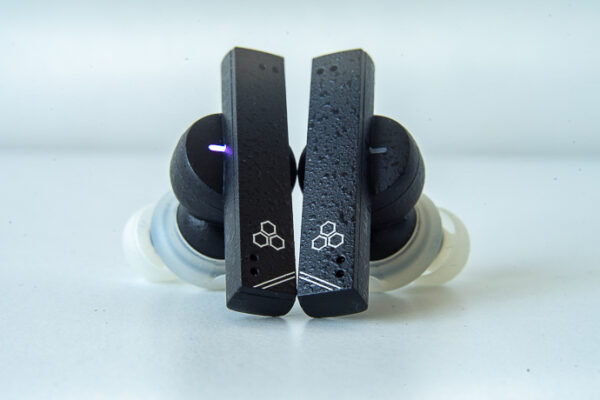Today, we review the $199 USD Moondrop Void open-back headphones.
Disclaimer: ShenzhenAudio sent us the Moondrop Void for this review. As always, I am here to share my honest experience with the product.
Moondrop
Moondrop is a company specializing in the research and development of a wide range of audio equipment. The company has been in the industry since 2014, but the Moondrop brand was officially established in 2015. In the early years, the Moondrop team focused solely on earbud design, but later added a variety of other hardware, including DACs and AMPs, to its product range.
Recently, Moondrop decided to add full-size headphones to their growing product line and announced that they have been developing three full-size headphones called Void, Venus, and Moonzero for some time. The Void, which we can call entry-level with its 199 USD pricing, features a dynamic driver. The Venus is equipped with a planar driver whereas the Moonzero is an electrostatic headphone and it is the high-end offering of the bunch. Today we will take a closer look at the Void.
On Headfonia, we have reviewed many Moondrop gear before. You can find these reviews here.
Moondrop Void
Moondrop states that Void has been undergoing a grueling R&D process since 2019 and took more than three years to design. They add that they faced countless problems and tried various designs during this process. They say that they were able to keep the price low thanks to injection molds and that they aimed for a “flagship” performance. We’ll see if that’s the case with the Void since the $200 price bracket is a very difficult bracket, competition-wise.
The Void features their in-house developed 50mm dynamic driver. The dome inside the driver is metal coated. The Void is available today from ShenzhenAudio and costs $199 USD. You can also check the official webpage through this link. Below are the specifications.
- Driver: 50mm Dynamic Driver
- Diaphragm: Composite Diaphragm, Metal Dome
- Cable: 3.5mm Single-Ended Dual 3.5mm Plugs
- Effective Frequency Response: 20Hz – 20kHz (IEC60318-4, -3dB)
- Impedance: 64Ω±15% (@1kHz)
- Sensitivity: 110dB/Vrms (@1kHz)

Packaging & Accessories
Void’s box comes with a sweet, anime-inspired design that we’re used to seeing from Moondrop. There’s a nice-looking artwork on the front of the box, and the model name of the headset is written in large font in both Chinese and English. The box design looks quite nice with white and blue tones taking center stage. On the back of the box, we see the Void’s frequency curve and specifications, as well as an exploded view diagram of the driver design.
Once you open the box, the headphones are housed in a plastic bag inside a compartment made of a mix of glossy fabric and paper cardboard. The accessories and cable come in a sleek white box on top. This box contains a 6.35mm to 3.5mm jack, a user manual, and a black, braided headphone cable. There’s also a warranty card and the classic Moondrop postcard. The overall unboxing experience can be considered okay for the price. At this level, we don’t expect miracles, however, we have seen better from Moondrop, e.g. Kato.

Design, Build & Comfort
Void has a frame made of plastic, dominated by the colors white and grey. The skeleton of the headband is made of metal, while the rest is plastic. The foam parts of the headband and the pads are finished in a grey color and the quality of the foam is of average quality. The pads have a channeled structure for ventilation. They are made of faux leather.
On the outward-facing side of the earcups, there are grilles with a square pattern, protecting the drivers from external damage. These grilles feel like they are made of a thin sheet of metal, but the material used is a bit difficult to identify. The finish and overall structure of the headphones are not particularly premium, but they have a decent enough appearance from the outside. The finish of the frame shimmer slightly under direct light exposure. On an additional note, the headphones are very light due to the plastic housing.

There is a fine fabric filter inside the earcups, which prevents foreign materials such as hair and dust from entering the diaphragm. The hinge and connection points of the earcups don’t feel very secure in the hand, which is quite interesting since everything we’ve tested from Moondrop so far has been made of premium materials.
The headphones have issues with comfort rather than material quality, which I’d like to go over. First of all, the earcups don’t have a strain relief mechanism or swivel mechanism. The headband is quite stiff and the ability of the earcups to swivel inwards is quite limited, which means that if you have a small to medium-large head, the pressure points are concentrated at the temple level. This means that the top of the earpads exerts more pressure than the bottom, resulting in a sub-optimal seal. When I ‘trained’ the headset with a strong elastic band for about 3 days, I experienced better fit and seal. Of course, this should have been realized during the design process of the headphones and the design should have been modified accordingly.
The pads are interchangeable and can be detached from the body quite easily. The foam areas on the headband are also removable. In addition, the dual 3.5mm sockets feel solid.
Even though I don’t like the material quality of the Void, I like the design. I think it’s different and looks aesthetic compared to dozens of look-alike headphones on the market.
The review continues on the next page. Click here or use the jump below.
Page 1: Moondrop, The Void, Packaging & Accessories , Design, Build & Comfort
Page 2: Sound, Technical Capability, Comparisons, Last Words







